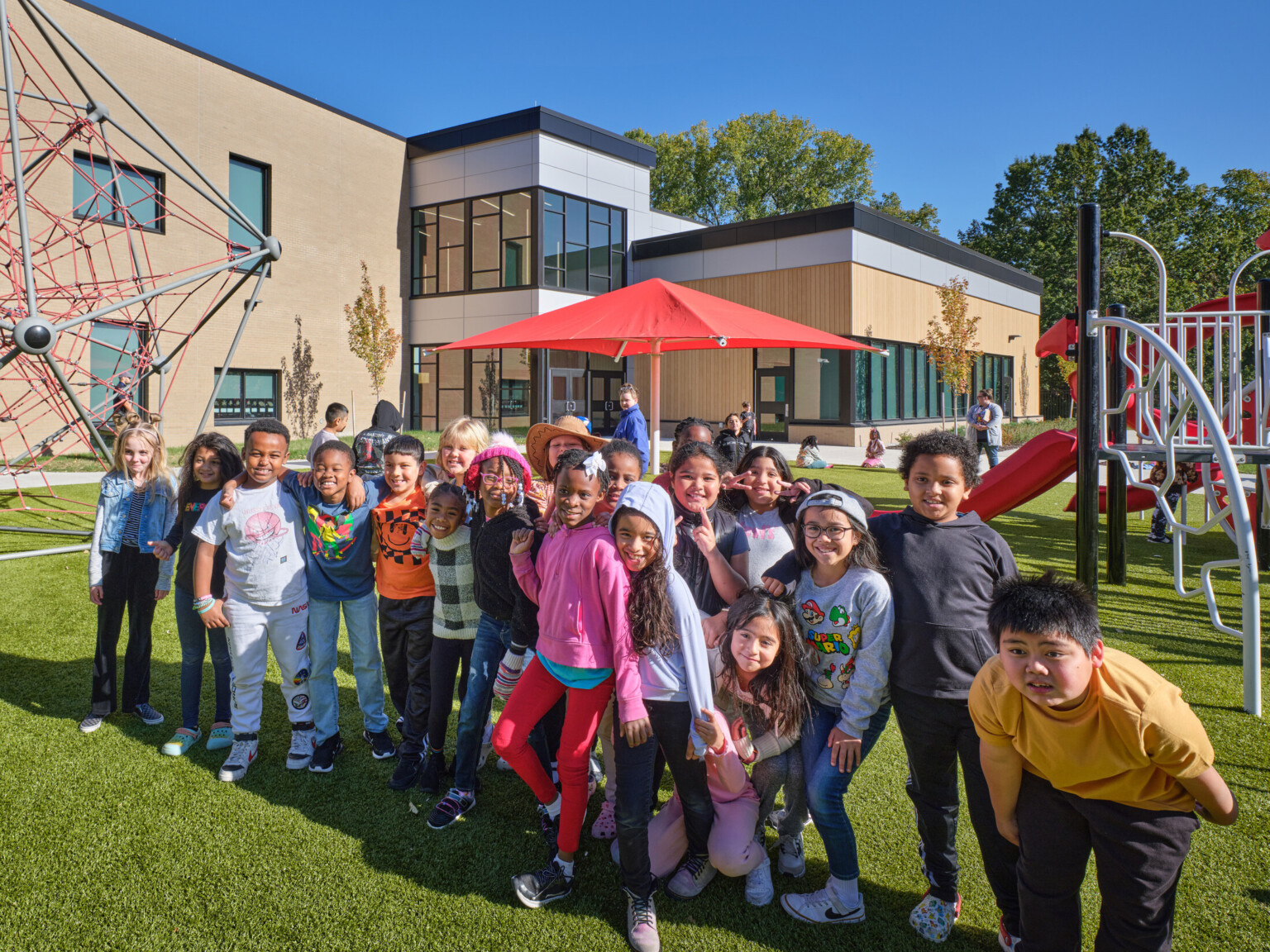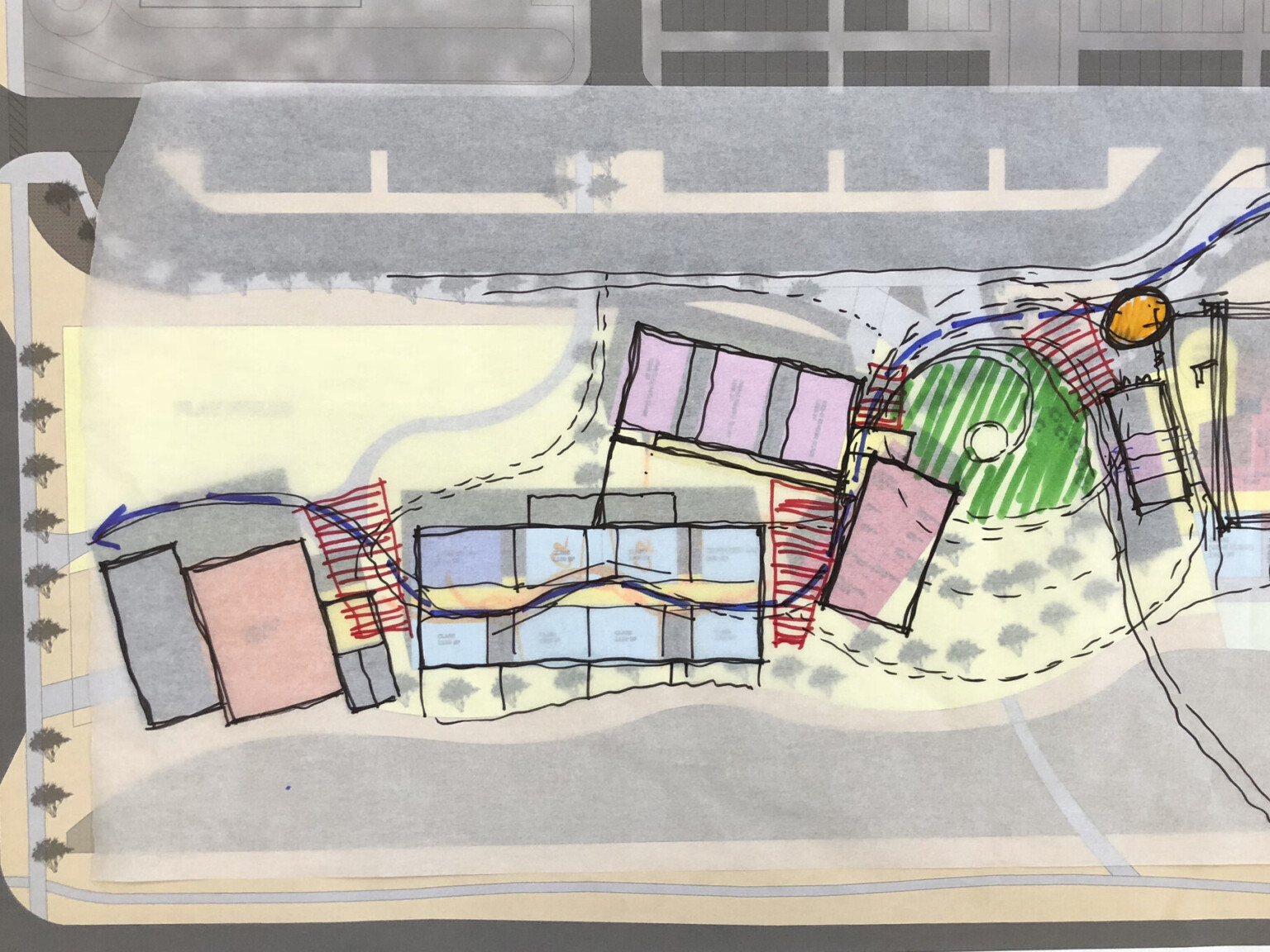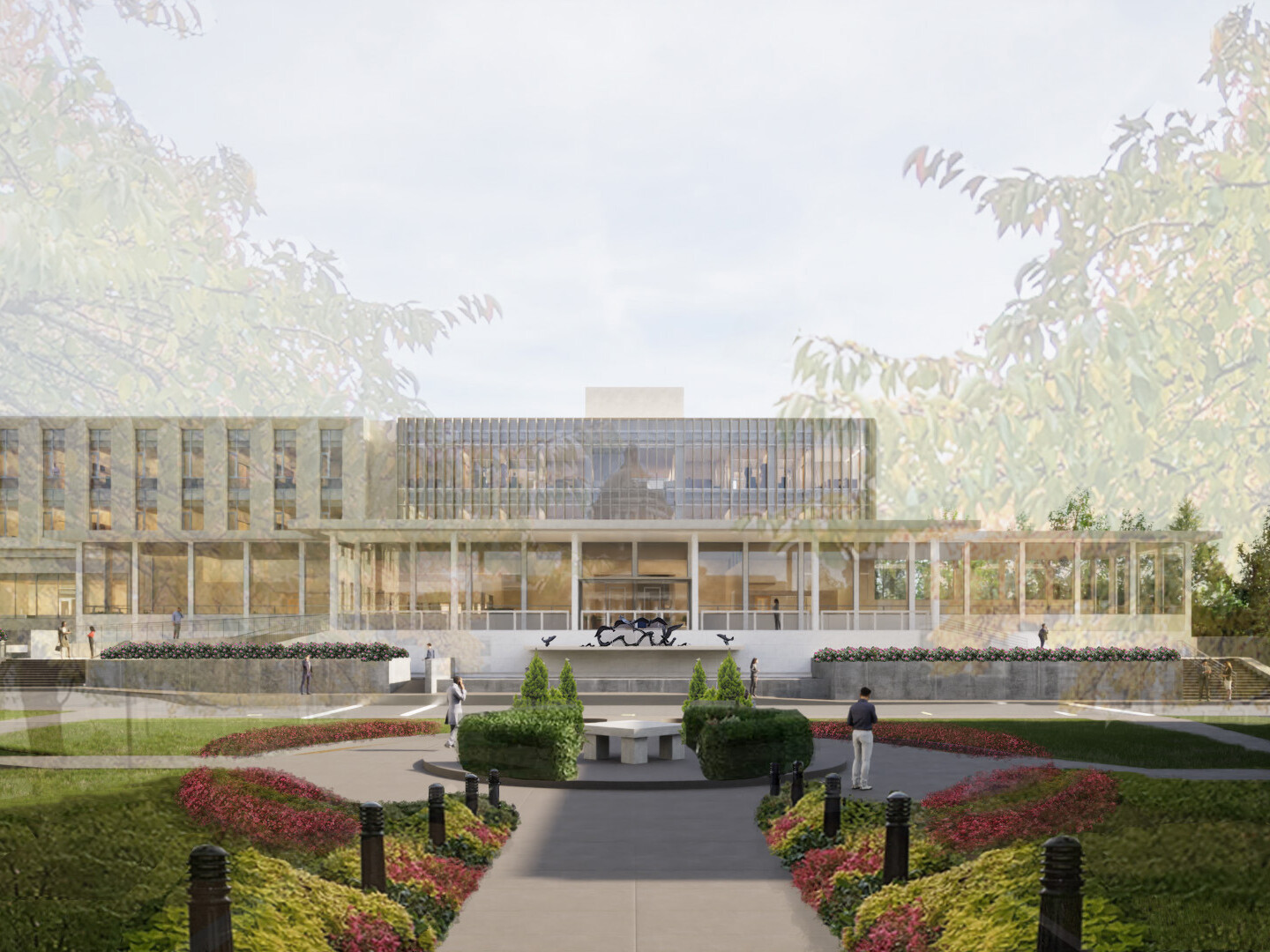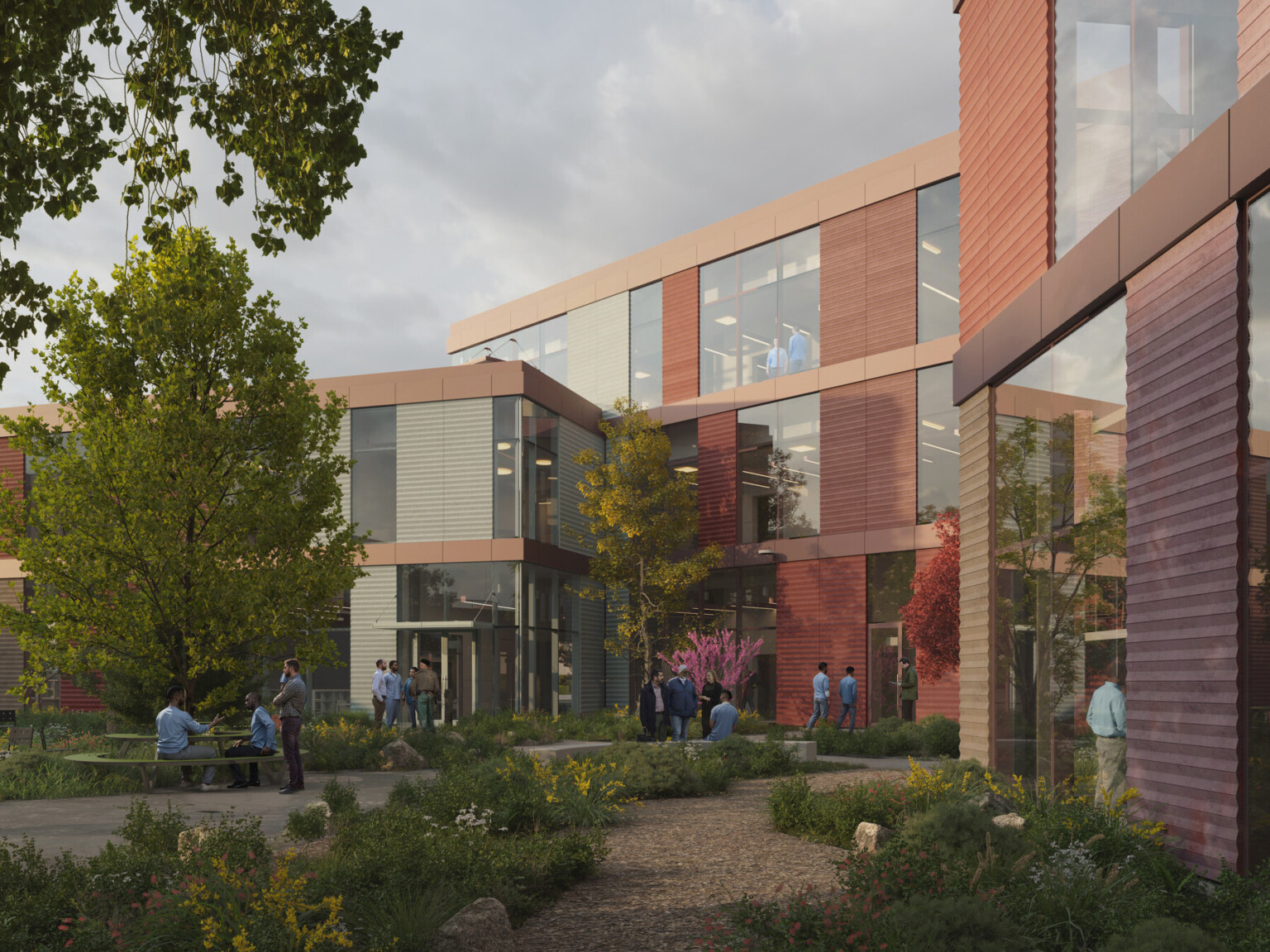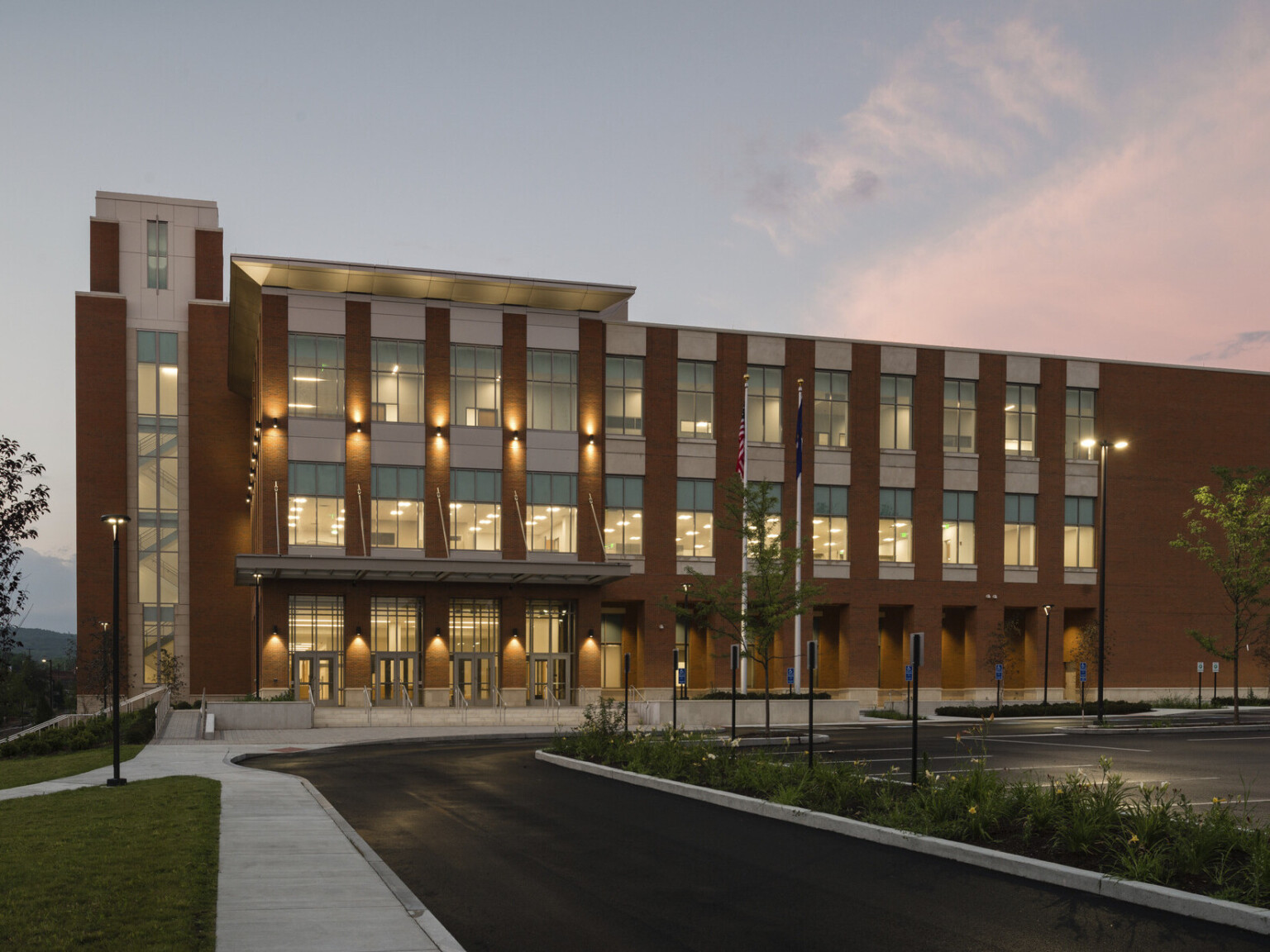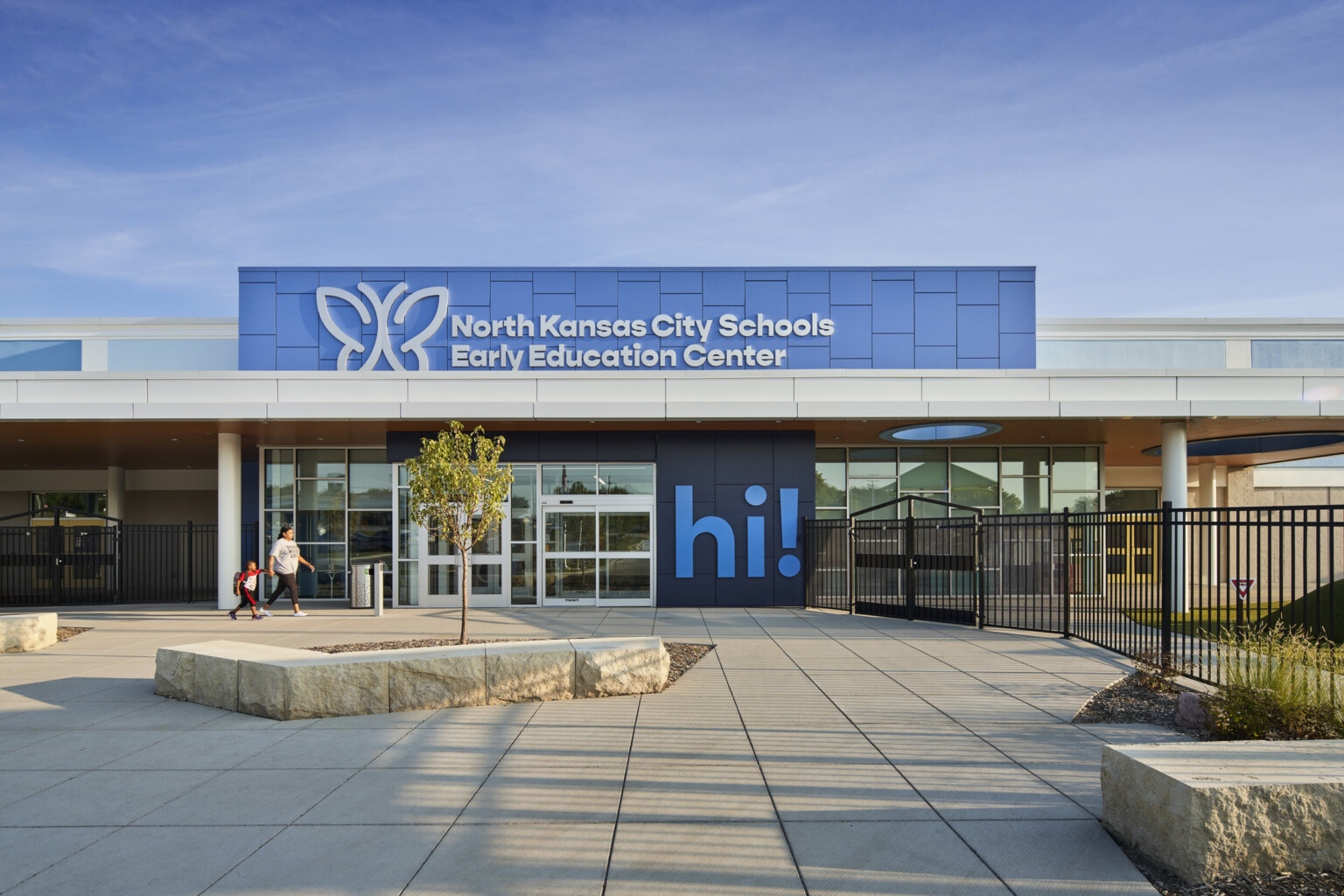
Backing Early Childhood Education: Q&A With Senator Lauren Arthur
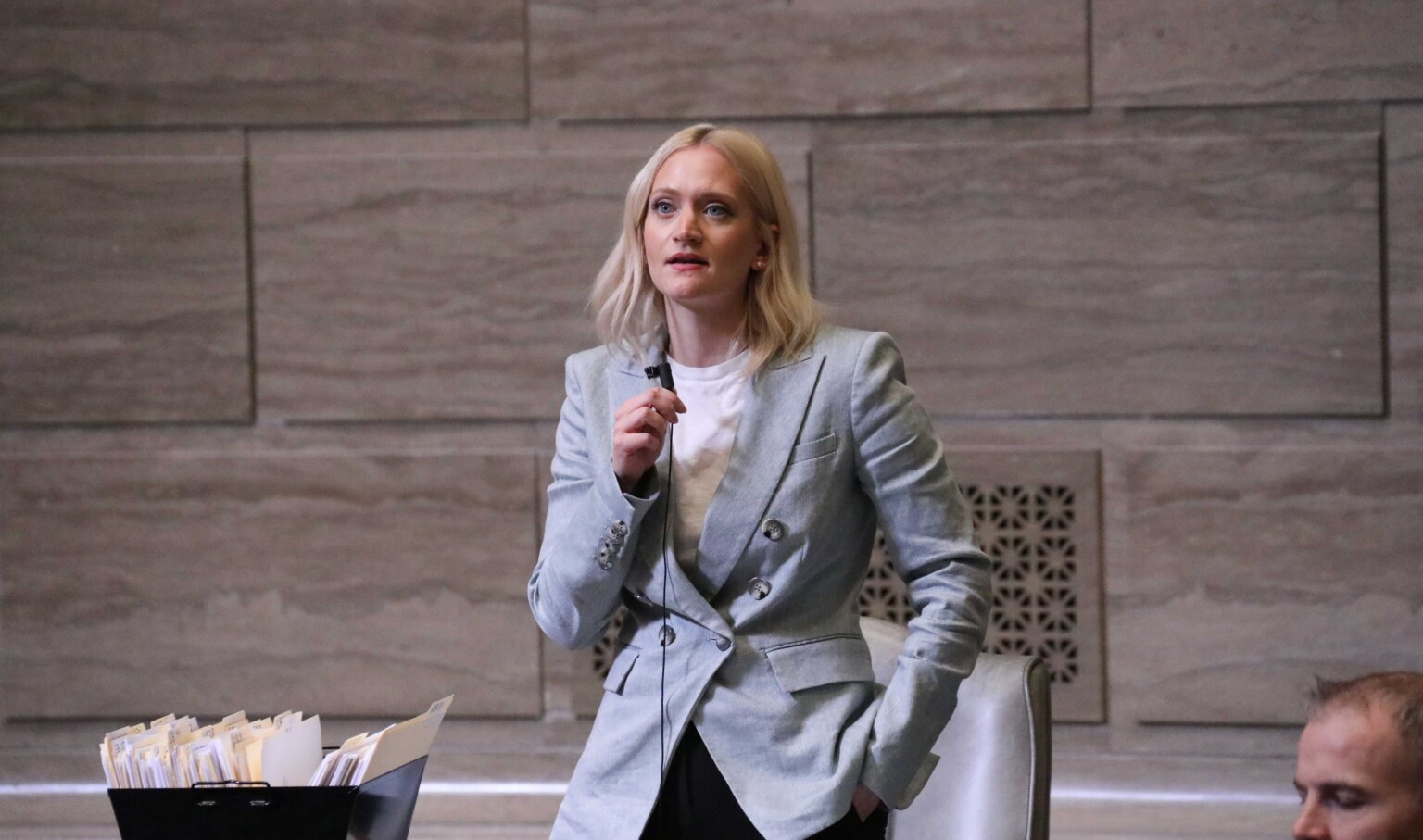
What has your involvement with the NKC Schools Early Education Center looked like from the beginning of the project to today?
I was the loud, obnoxious champion before, during, and after. I have invited a number of elected officials from other parts of the state to visit and they are all immediately blown away by the space itself. Then we start to hear about the amazing stories, and the kids who are there, the people who are serving those kids, and the kinds of experiences that they get to have. I’m so excited for those kiddos now because their lives are tangibly different and better because of the center. I can’t even imagine the impact that it will have once the kids are 18, 20, 30 years old.
When you start talking about building a new school facility, funding is always an issue. What can other school districts learn from North Kansas City Schools’ decision to utilize adaptive reuse in this instance?
It drove home the idea that it can be a reality for many communities who don’t see it within their reach financially. There’s something they can point to and say, ‘this will be real.’ As a community, we’re lucky our district appreciates and understands both the investment and long-term investment requirements.
What does the relationship look like between your office, the community, and the school district, and how does that shape your conversation with each other?
It’s important that you build personal relationships first, and then from that rapport you’ve built, you can start tackling conversations that really matter to the kids that we all represent. Sometimes there will be a specific question or problem, and we’ll figure out who the right person is to solve it, and sometimes there will be just sort of waxing poetic about what we envision for our community in the years ahead. Having an open dialogue and being comfortable with each other as people allows us to engage in a meaningful way.
After your colleagues and peers have seen and toured the early education center, how does that change or shape conversations in Jefferson City?
The governor has declared childcare a priority. It also helps shape the conversation of what’s possible and what communities should expect. I’ve been in rooms, particularly with the Lieutenant Governor, where he points to this building (the early education center) and tells people, “This is what I saw. This is what every community deserves.” I have people come up to me afterwards and say, “How can we schedule a tour? We want to know more. We want to bring this back to our community.”
What has the state of Missouri done in recent years to push early childhood development as an important issue?
The governor announced childcare is one of his legacy issues. There was a meaningful change in the last couple of years where we created the Office of Childhood. Under one umbrella is an entire office dedicated to giving young children the resources they need to succeed. By creating this one single office, they’re mission driven and uniquely focused on supporting that child. One office cuts out a lot of bureaucracy and a lot of inefficiency.
Why is it important that large, diverse school districts, like North Kansas City Schools, are successful in their early education programs?
The data shows that diversity is important for every student. Whether it’s based on socioeconomic background, racial diversity, or religious diversity, having the ability to interact with people who have different perspectives is so important for future interactions that students may have. We grow when we encounter differing perspectives or opinions. It also challenges us, but I also think this is what the 21st century requires, and that students who have these experiences throughout their school years are better for it.
Why is it important to invest and to be intentional in early education, especially with a community’s at-risk learners?
It should be made clear that we need to prioritize students who are potentially more at risk or may not have the skills they need when they arrive in kindergarten. From my experience as a middle school teacher, I had kids coming to me who were several grades behind, and unfortunately, those kids were probably starting kindergarten behind their peers. We know that 90% of brain development happens before a child turns five. If they show up behind their peers, then it just starts to compound and becomes an impossible task – and it is unfair to the kids.
What advice would you give to your peers in other states who are advocating for a change in the way their state sees early education?
Listen to the experts. Use your platform to raise awareness and to help educate and convince others of the importance of these young learners and then get out of the way. We do have an important role to play in these kinds of projects. At the end of the day, it’s about helping our children succeed, and everyone should focus on that.

